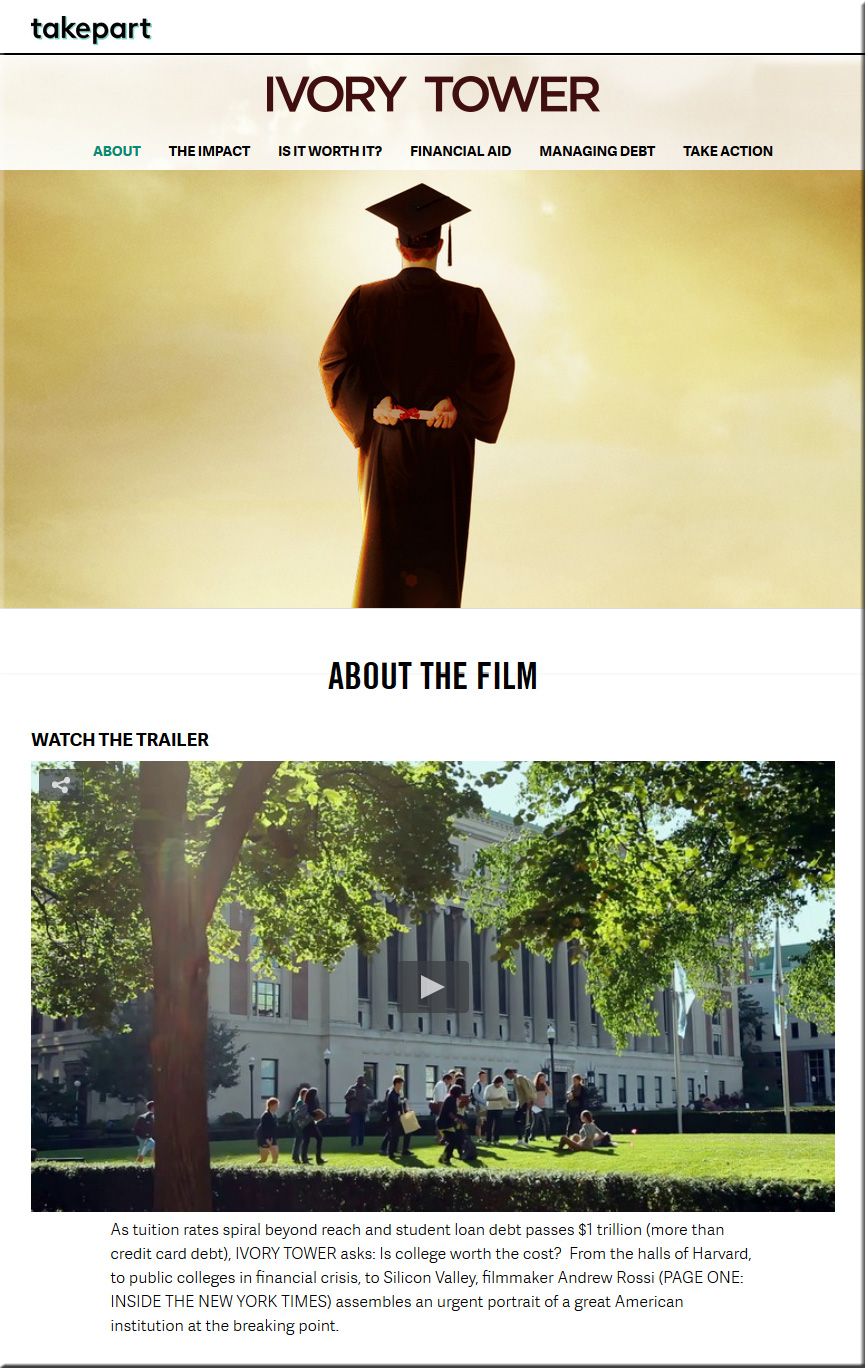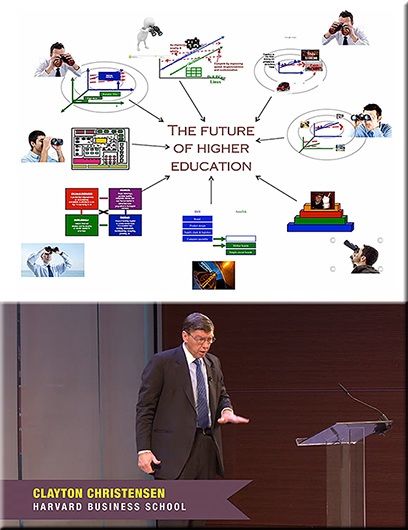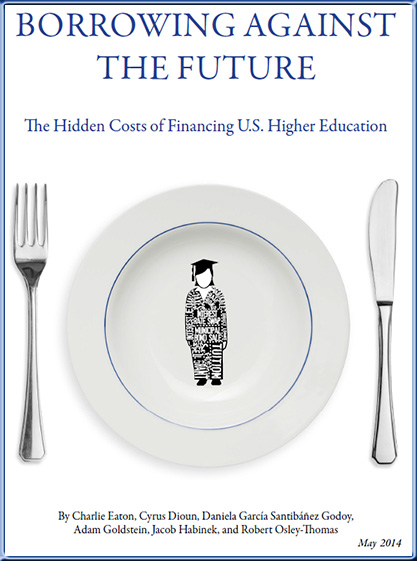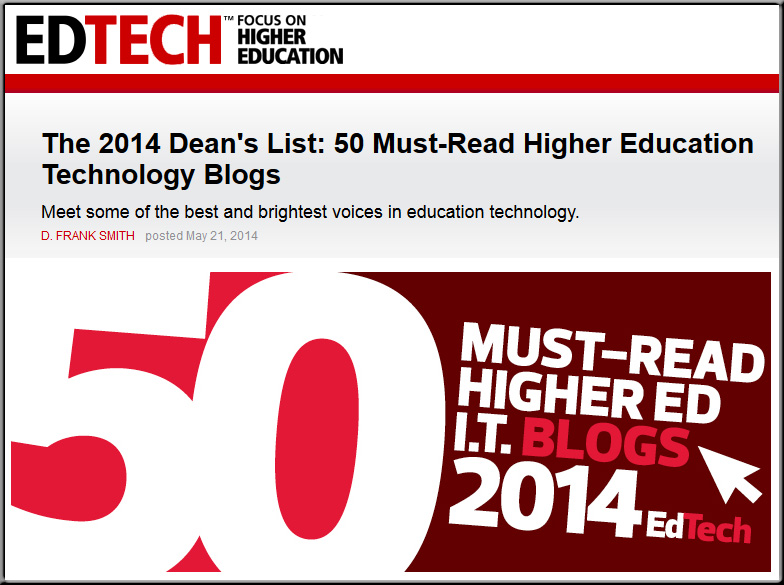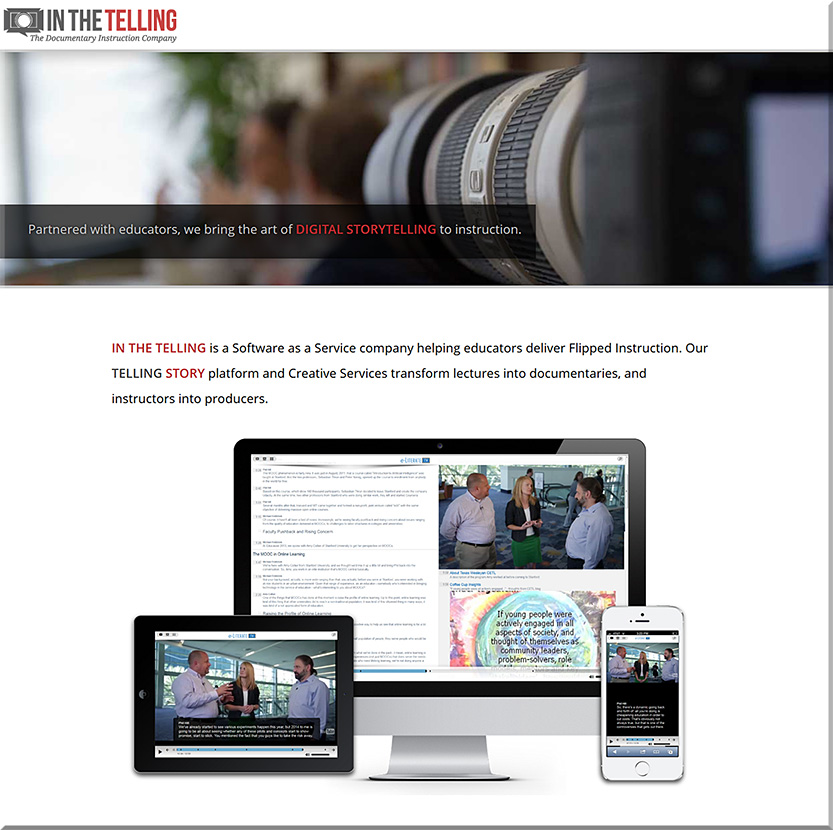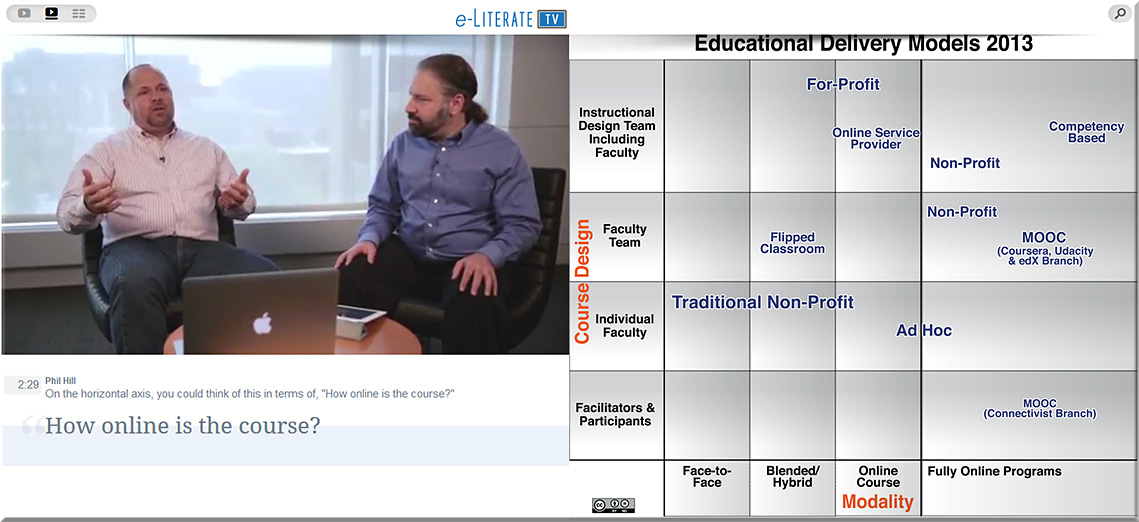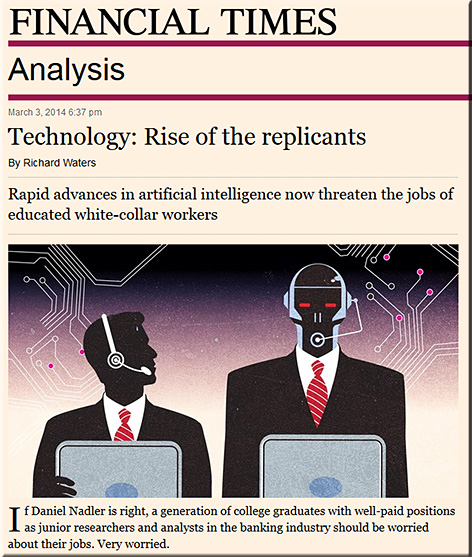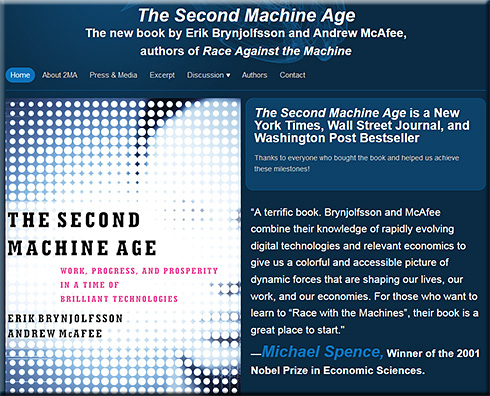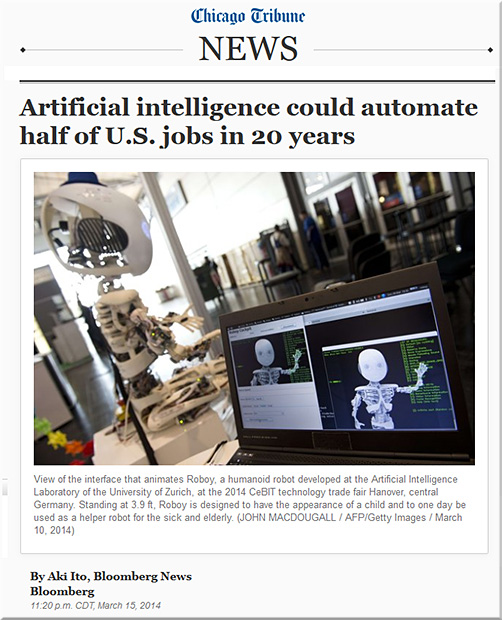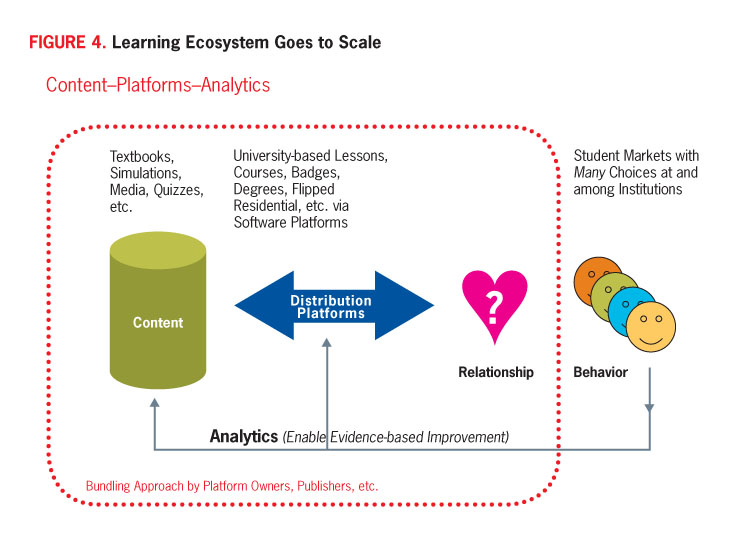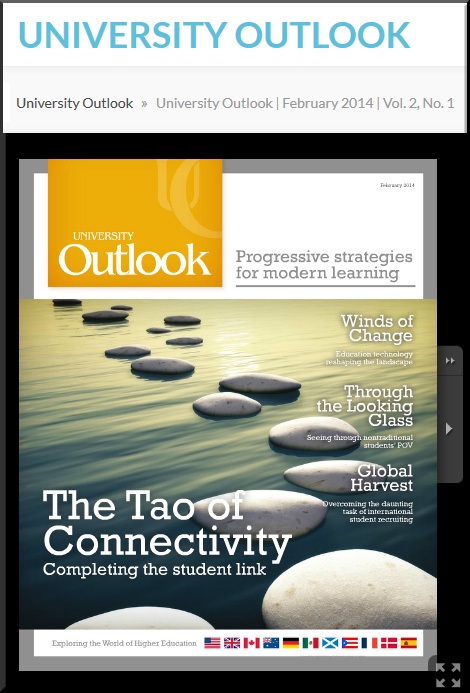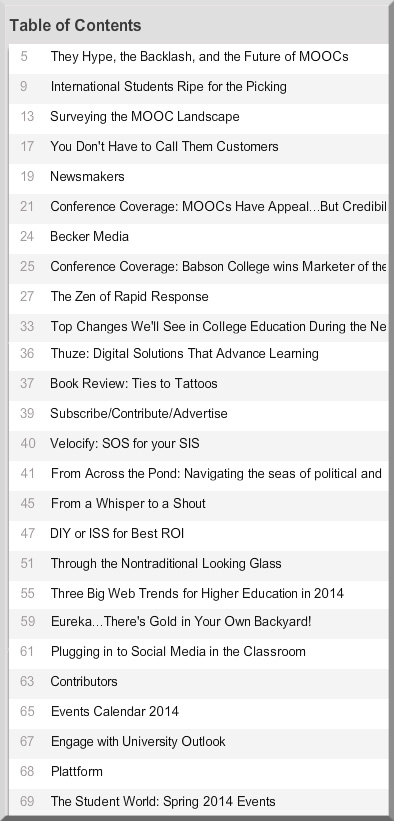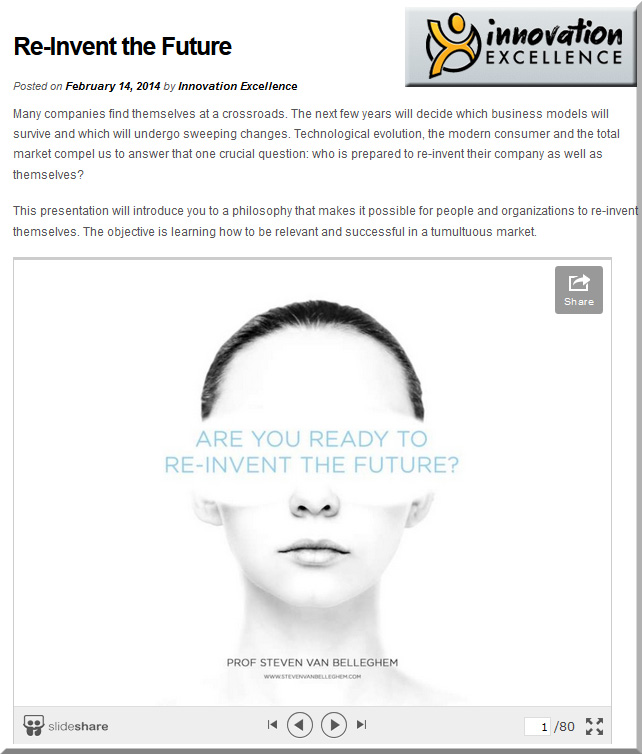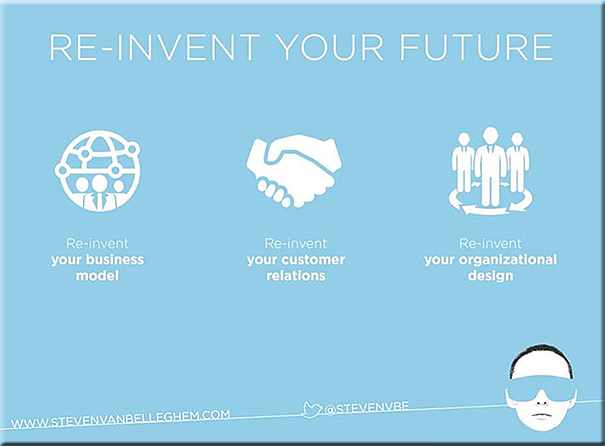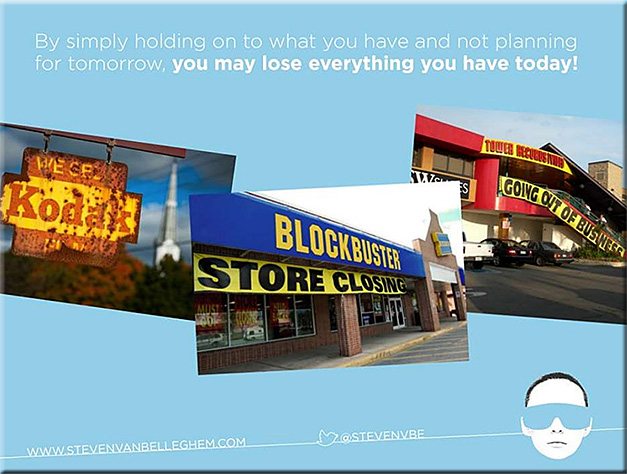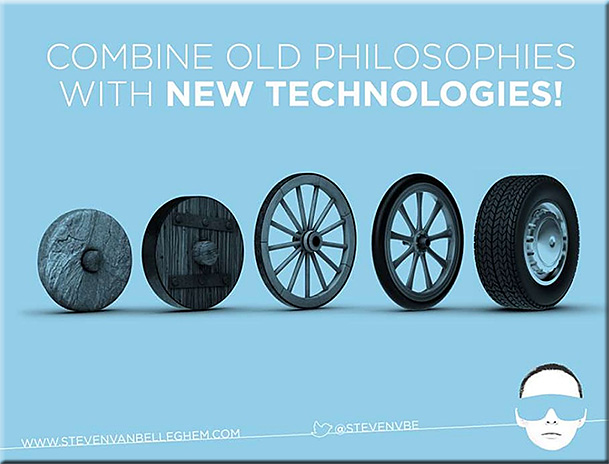A Case for Applied Liberal Arts: Adapting to Disruption — from evollution.com by Michelle Rhee-Weise | Senior Research Fellow, Clayton Christensen Institute for Disruptive Innovation
Excerpt:
This is neither another defense of the liberal arts nor another piece that pits the liberal arts against vocational training. We’ve all grown weary of commentators who ennoble without question the ideal of the liberal arts while denigrating vocation as factory work or corporate training.
In lieu of these tired tropes, I would suggest the notion of applied liberal arts. It’s time we shed vocation of its connotations of career education, corporate training and utility. Vocation does not preclude the liberal arts but can fuse a liberal education with the application of knowledge, effective citizenship, well roundedness and even artistry.
…
The instinct for some institutions might be to give into the “threat rigidity,” or to cease being flexible in the face of such major, systemic shifts. If, however, traditional institutions double down on a static curriculum, then how will they compete with these lower-cost, briefer and targeted programs that lead directly to high-skills opportunities at desirable companies? The oncoming disruption must be viewed as an opportunity to tie education to economic relevance — to offer more than a trajectory, but a well-defined pathway, to employment.
The $10,000 Degree: Fundamentally Changing the Way Universities Do Business — from evollution.com by Jean Floten | Chancellor, Western Governors University Washington
Excerpt (emphasis DSC):
The reset button has been pushed in this country. We have the choice to either participate in the reshaping of higher education to help more prospective students reach for their aspirations or live in denial.
Most Americans have changed how they do business and manage their personal finances. We must, too. The recession of the last decade spawned more leery consumers and led far too many to question the value of an investment in education.
That’s the importance of the $10,000-degree challenge. It recognizes the need for fundamental change in higher education. Furthermore, it provides a tangible finish line to which the academy may strive.
It’s time we, the leaders of colleges and universities, raise educational attainment levels — not costs.
MOOCs’ disruption is only beginning — from studentforce.wordpress.com; reposted from The Boston Globe written by Clayton M. Christensen and Michelle R. Weise
Excerpt:
JOURNALISTS, as 2013 ended, were busy declaring the death of MOOCs, more formally known as massive open online courses. Silicon Valley startup Udacity, one of the first to offer the free Web-based college classes, had just announced its pivot to vocational training — a sure sign to some that this much-hyped revolution in higher education had failed. The collective sigh of relief from more traditional colleges and universities was audible.
The news, however, must have also had the companies that had enthusiastically jumped on the MOOC train feeling a bit like Mark Twain. When newspapers confused Twain for his ailing cousin, the writer famously quipped, “The report of my death was an exaggeration.” Undoubtedly pronouncements over MOOCs’ demise are likewise premature. And their potential to disrupt — on price, technology, even pedagogy — in a long-stagnant industry is only just beginning to be seen.
Tuition costs have been ballooning faster than general inflation and even faster than health care. And what do we get in return? Nearly half of all bachelor’s-degree holders do not find employment or are underemployed upon graduation. At the same time, employers have not been satisfied with degree candidates. Two recent Gallup polls showed that although 96 percent of chief academic officers believe they’re doing a good job of preparing students for employment, only 11 percent of business leaders agree that graduates have the requisite skills for success in the workforce. And this is all occurring while higher education leaders were convinced that they were innovating all along.
It was just the wrong kind of innovation.
Education-as-a-Service: 5 ways higher ed must adapt to a changing market — from venturebeat.com by Ryan Craig, University Ventures
Excerpt:
Within a few years, some students will come to higher education with an understanding of their current competencies, the competencies required for their dream job, and the resulting gap. Colleges will need to respond to these students with more than just a course catalog.
For example, for an 18-year-old who wants to start a career in video game design, colleges will offer courses that produce the requisite skills for an entry-level position – in addition to some general education – and will award a meaningful credential at completion of those courses (a process that will be completed likely in less than four years).
Or a laid-off marketing manager, whose time-to-job is six months rather than four years, may come to a university for reskilling in social media marketing, taking four targeted courses and earning a credential that employers can understand.
5 reasons the college student loan debt crisis could top subprime mortgages — from educationdive.com by Keith Button
Excerpt:
As the U.S. higher ed student loan debt continues its ascent, more warnings are sounding about the consequences.
Student debt currently amounts to $1.08 trillion owed by nearly 37 million borrowers. Richard Cordray, president of the Consumer Financial Protection Bureau, has warned that the student loan problem is comparable to the home mortgage market prior to the Great Recession that began in 2008.
Could the economic impact of the student debt crisis one day match (or even exceed) the credit crunch created by subprime mortgages? Here are five reasons for concern…
Taking the Liberal Arts Online in the Summer — from chronicle.com by William Pannapacker
New ways of delivering courses can be compatible with small-college values
Excerpt:
A major reason we created the program was to assist students in completing their degrees within four years. Several of our preprofessional programs have demanding sequences that do not mesh easily with the schedules of courses in our core curriculum. In addition, a growing proportion of our students want to spend a semester off-campus, which places even greater constraints on their academic schedules.
…
Adopted cautiously, in a critical, evolutionary, decentralized way, a variety of online approaches to learning—beyond what we already have—can allow faculty members to improve their teaching by placing lecture content online and using classes for high-impact experiences, allowing professors and students to become more interactive with each other. And—by making it less necessary for students to transfer credit for entire courses from outside parties—online courses developed within an institutional context can preserve rather than undermine our unique missions as liberal-arts colleges.
Also see:
.

Created by Knewton and Column Five Media









